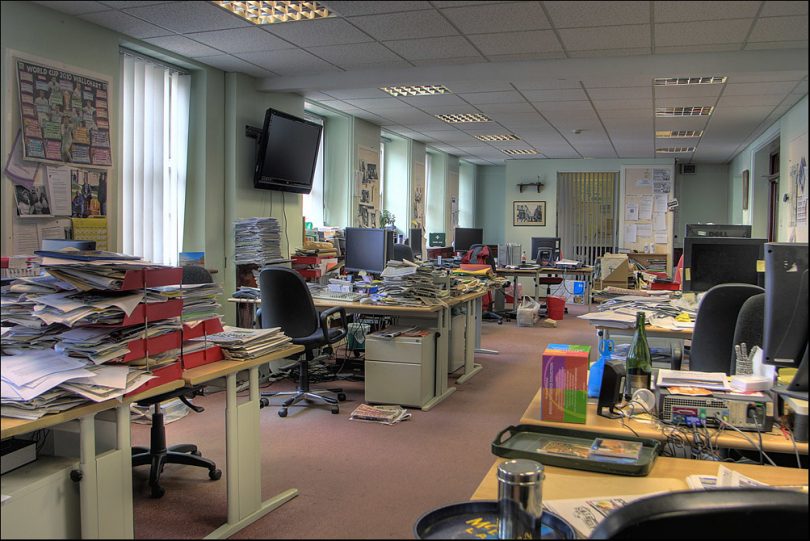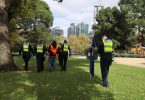The arts, media and communication sector has been the second most affected by job losses as a result of COVID-19 in Australia, but numbers suggest for more positive reading going forward.
Having already been affected by the shutdown of the Australian Associate Press in March, the pandemic has wreaked further havoc on the industry.
According to the Guardian’s job loss tracker, only the Hospitality industry has exceeded the 22,200 job losses in the Arts and Media sector.
Industry conglomerate News Corp reported a 22% decrease in revenue over the last financial year.
The Australian Financial Review reported in August that News Corp’s regional reporter contingent would fall from 1,300 to just 375 journalists after the Murdoch company ceased printing of 112 regional newspapers – 36 of those were closed down entirely.
The Public Interest Journalism Initiative (PIJI) has been taking data since 1 January 2019 on outlet closures.
The pandemic has had its greatest impact on print copy newspapers, with 172 papers facing closures since March this year out of a total of 180 outlet shutdowns altogether.
New South Wales, Queensland and Victoria have experienced the majority of job losses nation-wide, accounting for 86% of the total outlet closures across the country.
On the positive side, PIJI have found that 16 new digital platforms have been created during this period, while there have been 13 new newspapers created and a radio newsroom opened in Blacktown, New South Wales.
The Australian Bureau of Statistics (ABS) has recorded industry-specific changes in unemployment and total wages for each state since March, which reads for some largely positive viewing.
As shown in this visual, while each state experienced initial job cuts, the data demonstrates an increase in the resumption of jobs in most states over the past two months.
With Victoria returning to Stage Three lockdown in early July and progressing to Stage Four at the beginning of August, its result is comparably low over the last month and is likely to fall further in next month’s figures.
Changes to overall wage structures in the media and telecommunications sector mirrors the changes in payroll jobs, with the nation recording a seven per cent decrease in total wage through March 7 to April 4 versus an increase of 14.3 per cent between May 30 and June 27.
However, as a second wave of the virus has spread from Victoria, each state recorded another decrease in total wage from June 27 to July 25.
(Featured Image: ALAN CLEAVER)







